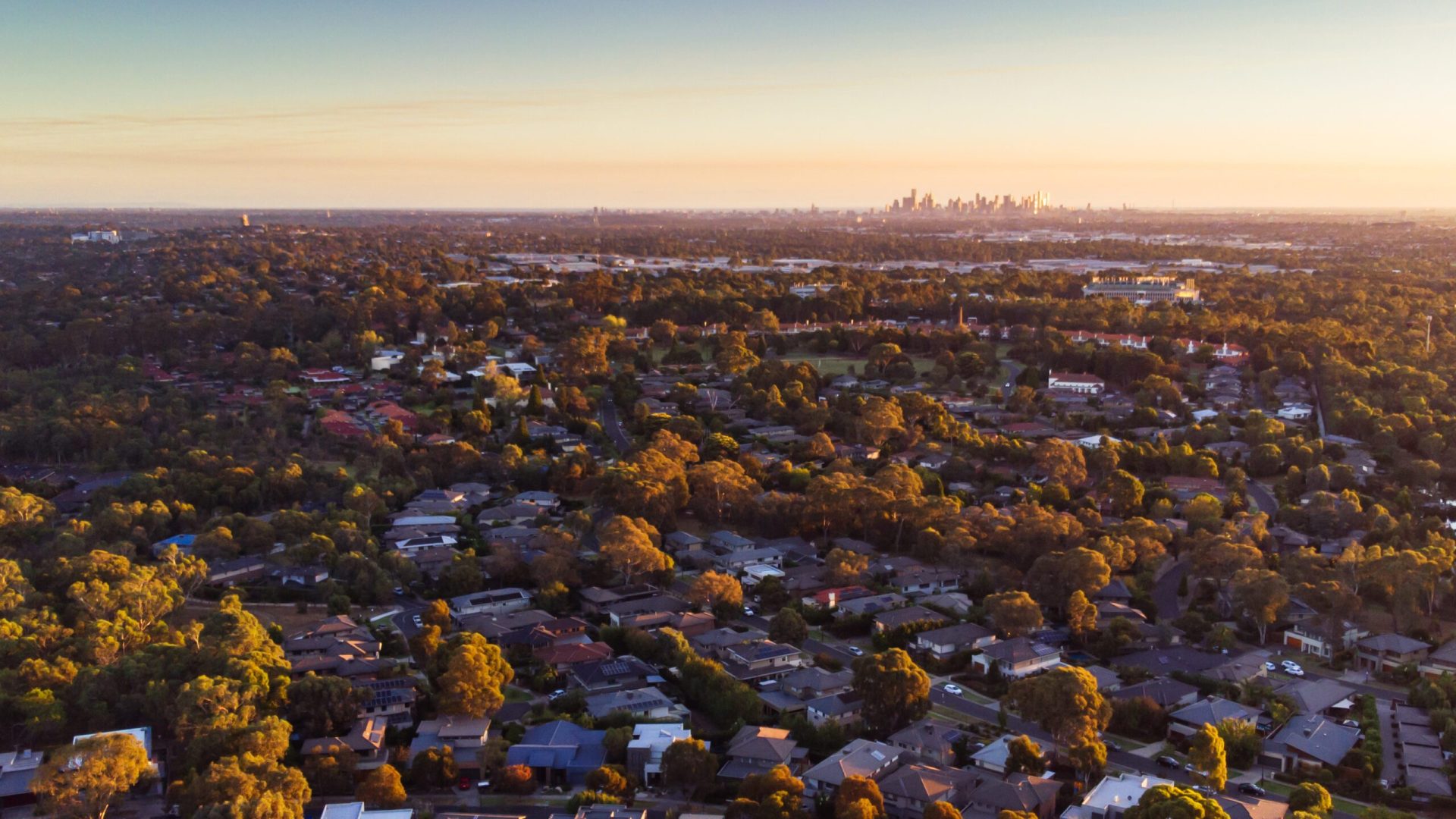What Investors Should Expect and why they shouldn’t hit the panic button just yet.
With the recent wave of media headlines surrounding Victoria’s new land tax, it’s crucial for investors to grasp the implications and understand what it actually means to them.
Let’s delve into what the average investor can anticipate and assess whether exiting the property market is the right course of action.
Also we have provided you with a video below where Matt Lewison, CEO discusses his insights.
For instance, let’s consider a property valued at $800,000, which is slightly higher than the median property price in Victoria. Depending on the age of the property, an $800,000 property will typically have a rateable land value of around $500,000.
Taxable Value of Landholding = $500,000
Current Land Tax = $775 per annum
NEW Surcharge = $200 per annum (0.1% on properties above $300k)
NEW Fixed Payment = $975 per annum (flat rate applied to properties above $100k}
NEW Land Tax = $1,950 per annum
At first glance, an additional $1,200 per annum may seem a lot. However, when we put this into perspective :
-
- It is equal to 0.15% of property value (less than 1 x RBA rate increase of 0.25%).
- To recover this annual expense landlords would only need to increase their rents by approximately $23 per week. Considering that across metropolitan Melbourne we are seeing average rental prices rising by $50 to $75 per week at the annual rent review, courtesy of Melbourne’s extreme housing shortage, such an adjustment doesn’t appear unreasonable.
While new taxes are never welcomed, the impact of the proposed land tax on investors is clearly being overstated by the media. The risk that the Victorian government faces is that some investors, particularly those in, or approaching, retirement will choose to sell their Victorian rental properties. Additionally, many investors will choose to invest in other states, resulting in fewer new houses, townhouses and apartments being constructed. The impacts will therefore be:
- Fewer rental properties available for a rising population;
- Rising rents; and
- Less tax being received because of:
- Property sales diminishing the land tax-payer base; and
- Less GST and other taxes that are attributable to the development, construction and sale of new housing.
This is the exact scenario that played out in 2022 when the Queensland government introduced changes to the land tax regime which were due to come into effect on 1 July 2023. The government reversed their decision earlier this year after a major backlash, but it was not before many older property investors had exited the market. Economists estimate that there are now 100,000 fewer rental properties in Queensland as a direct result of the governments proposed land tax change, which has been a major factor in Queensland’s rental shortage and the 20% escalation of rents in Brisbane the course of 2022.
To avoid any confusion, there may be a very brief period where Victorian property investors will pick up the bill for the extra land tax, depending on when their next rent review is due. Notwithstanding this, investors will be very quick to pass the cost on to their tenants via higher rents. Given the acute undersupply of rental property on the market, those tenants will have little choice but to pay higher as they otherwise risk being caught out of the market altogether, unable to secure a home. Importantly, the longer-term impact will be consistently rising rents for years to come.
Despite the appearance that this tax is an attack on property investors, it will be tenants and those saving to become first home buyers who will be the biggest losers from this tax. As Matt Lewison, OpenCorp CEO, said in the video “there is always an unintended consequence and whenever the State Government meddles with the housing market, it backfires.”
Don’t be dismayed by the announcement.
While Victoria’s new land tax may have triggered a wave of apprehension, exiting the property market prematurely might not be the most prudent decision. With the additional costs amounting to a relatively small percentage of the property value, landlords can mitigate the impact by making modest adjustments to rental prices. It is essential to view the bigger picture and consider the potential long-term benefits that may arise from these adjustments.
Finally, if you haven’t already done so, we encourage you to prepare a PAYG Withholding Tax Variation Form for FY24. Smart investors use these variations to receive the tax benefits from all deductible expenses related to your investment property spread across each pay cycle throughout the year, leaving you with more money in your pocket each month. Your accountant should be familiar with setting up a PAYG Withholding Tax Variation Form. For further information please download the ATO PAYG Witholding Variation Form.
If you have any questions please contact us.
Relevant Article: WA Government Land Tax Relief – Will it bring down rents?









